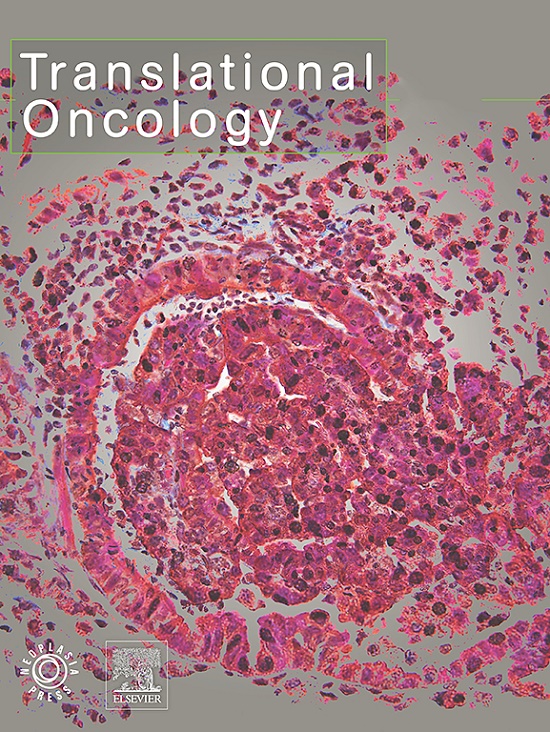多组学综合分析表明,CDC6 是包括 HCC 在内的多种癌症类型的潜在预后和免疫疗法生物标记物
IF 5
2区 医学
Q2 Medicine
引用次数: 0
摘要
本文章由计算机程序翻译,如有差异,请以英文原文为准。
Comprehensive multi-omics analysis showed that CDC6 is a potential prognostic and immunotherapy biomarker for multiple cancer types including HCC
Background
Cell division cycle 6 (CDC6) is a member of the AAA+ ATPase family and has chaperone-like activity. Many studies have shown that CDC6 plays an important role in cancer development and progression.
Methods
Explored CDC6 mRNA and protein expression in normal human tissues and tumors using TCGA, GTEx, and HPA. The role of CDC6 in cancer was analyzed using multiple web platforms and software, including R, cBioPortal, UALCAN, SangerBox and others. Finally, CCK-8, EdU assays and Transwell assays were used to verify the effects of CDC6 knockdown on HCC cell proliferation, migration, and invasion.
Results
CDC6 expression was upregulated in most cancers and was associated with poorer prognosis. RNA methylation may play an important role in CDC6 epigenetic modification. CDC6 was significantly positively associated with CD4+ Th2 cells and MDSC in a variety of tumors. Furthermore, immunomodulatory genes are strongly associated with CDC6 expression in most tumor types. CDC6 has higher predictive value than B. Clonality and TMB, and its expression is significantly positively correlated with TMB/MSI and DNAss/RNAss, and is closely related to cell cycle events. Down-regulation of CDC6 can inhibit proliferation, migration and invasion of HCC cells.
Conclusions
CDC6 is associated with the occurrence and progression of multiple cancer types by regulating the cell cycle. It holds promise as a diagnostic and prognostic biomarker for cancer, and offers potential in immunomodulatory and targeted therapies.
求助全文
通过发布文献求助,成功后即可免费获取论文全文。
去求助
来源期刊

Translational Oncology
ONCOLOGY-
CiteScore
8.40
自引率
2.00%
发文量
314
审稿时长
54 days
期刊介绍:
Translational Oncology publishes the results of novel research investigations which bridge the laboratory and clinical settings including risk assessment, cellular and molecular characterization, prevention, detection, diagnosis and treatment of human cancers with the overall goal of improving the clinical care of oncology patients. Translational Oncology will publish laboratory studies of novel therapeutic interventions as well as clinical trials which evaluate new treatment paradigms for cancer. Peer reviewed manuscript types include Original Reports, Reviews and Editorials.
 求助内容:
求助内容: 应助结果提醒方式:
应助结果提醒方式:


